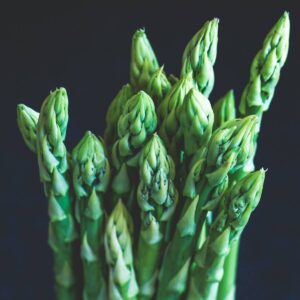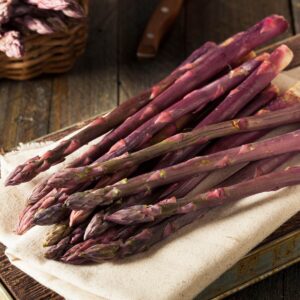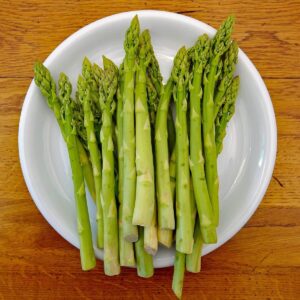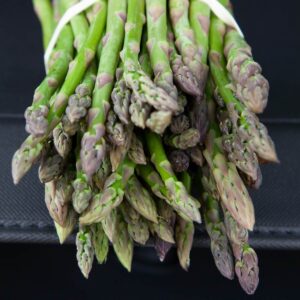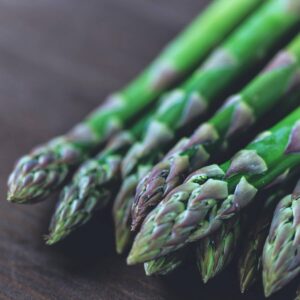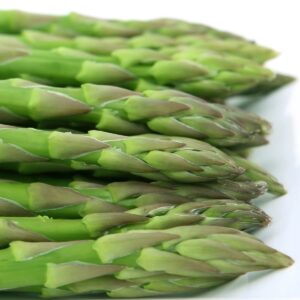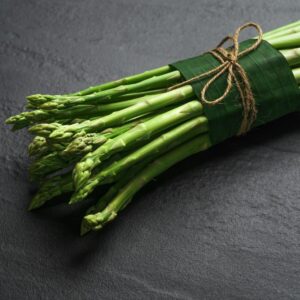The Complete Guide to Growing Asparagus at Home
How to Grow and Harvest Asparagus for Years of Fresh Spears
Introduction to Growing Asparagus
This hardy, nutrient-rich vegetable is a fantastic addition to any productive garden. Once established, it can yield delicious spears for up to 20 years, making it a worthwhile investment. Whether you prefer green or white varieties, growing your own ensures the freshest harvests each spring. With the proper care and conditions, you can cultivate vigorous, healthy plants that provide reliable yields year after year.
Thriving in well-drained soil with plenty of organic matter, this crop prefers a sunny, undisturbed spot. Patience is key, as plants take two to three years to reach full production. However, the wait is well worth it, as homegrown spears offer superior flavour to shop-bought alternatives.
Selecting the right variety is crucial for a productive bed. Some types thrive in cooler climates, while others perform better in warmer regions. The best choices offer high yields, disease resistance, and excellent taste. Considering your local climate, soil conditions, and personal flavour preferences will help you choose the most suitable cultivar.
With many varieties available, selection can significantly impact success. Some cultivars excel in colder conditions, while others are better suited to milder areas. Certain types produce thick, flavourful spears, while others prioritise yield or resilience. You can find the perfect variety to match your growing conditions and culinary needs by exploring the best options for UK gardens.
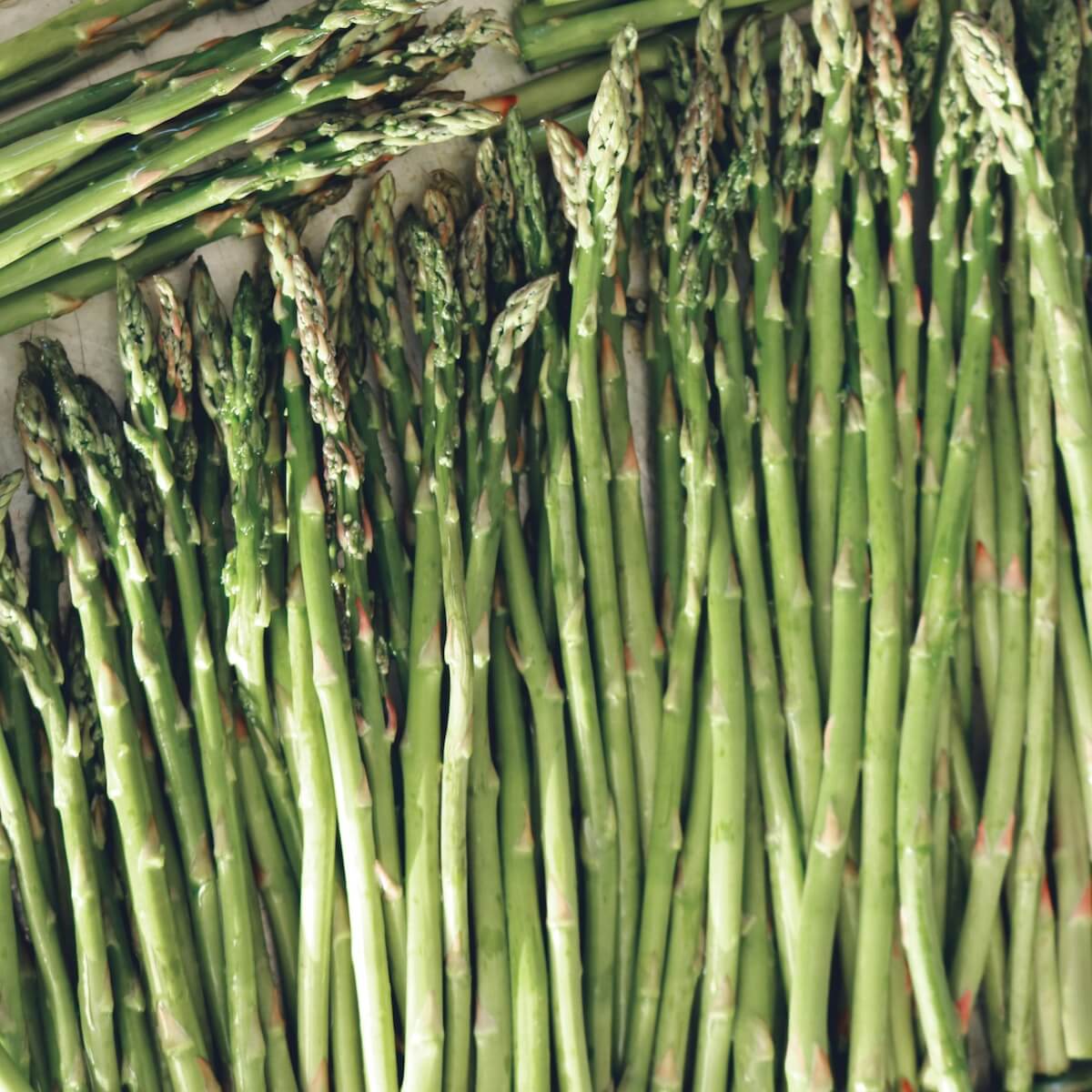
Why Grow Your Own?
Growing your own provides many benefits, from improved flavour to better control over growing conditions. Shop-bought produce is often several days old before reaching your plate, reducing its freshness and taste. By growing your own, you can pick spears at their peak and enjoy them immediately.
Another advantage is cost savings. Although an investment initially, once established, these plants produce year after year with minimal upkeep. A well-maintained bed can supply enough spears to enjoy fresh and freeze extras for later use. With some planning, you can have homegrown crops from early spring through summer.
Homegrown vegetables are also free from unnecessary chemicals. Many commercial growers use pesticides and fertilisers that may not align with organic gardening principles. By growing your own, you control what goes into the soil and onto your plants. Organic methods promote healthier crops and improve soil structure, benefiting your entire garden.
Best Conditions for Growing
This vegetable grows best in full sun and well-drained soil with a pH between 6.5 and 7.5. Avoid heavy, waterlogged soil, as excessive moisture can cause root rot. If your soil is heavy clay, improve drainage by adding organic matter or creating raised beds.
Temperature plays a vital role in plant growth. Plants prefer temperatures between 16-24°C (60-75°F) during the growing season. They can tolerate temperatures as low as -10°C (14°F) but may need mulch protection in colder regions. In very warm climates, summer heat above 30°C (86°F) can stress the plants, requiring extra watering and shade.
A dedicated bed ensures plants remain undisturbed. Select a site where they can grow for decades without interference. Once planted, crowns send spears each spring, gradually increasing in size and number. Proper site selection and soil preparation will set your plants up for success.
How to Prepare Soil
Good soil preparation is crucial for healthy growth. Start by removing weeds and improving soil structure. Dig in plenty of well-rotted manure or compost to provide essential nutrients. Roots grow deep, so loosen the soil to at least 30 cm (12 inches) to encourage strong development.
Adding a balanced fertiliser rich in phosphorus and potassium supports healthy growth. Avoid excessive nitrogen, as it encourages leafy growth at the expense of spear production. A soil test helps determine nutrient levels, ensuring plants receive the right balance.
Mulching helps retain moisture, suppress weeds, and regulate soil temperature. Organic mulches, such as straw or well-rotted manure, are ideal. They break down over time, improving soil fertility and structure. Keeping the soil healthy from the start ensures productive plants for many years.
When and How to Plant
The best time to plant is in early spring, when the soil has warmed up and is easy to work with. Autumn planting is possible in milder regions, allowing roots to establish before winter. Most gardeners start with crowns, but seeds are also an option, though they take longer to produce spears.
When planting crowns, dig trenches about 20 cm (8 inches) deep and space them 30-45 cm (12-18 inches) apart. Spread roots in the trench and cover them with a few centimetres of soil. As the plants grow, they fill the trench, exposing the shoot tips.
Water newly planted crowns well and keep the bed weed-free. Young plants take time to establish, so avoid harvesting spears in the first year. This strengthens the roots, leading to better yields in future seasons. Proper planting techniques ensure long-term success.
Caring for Your Plants
Once established, these plants require minimal maintenance. Regular watering is essential, especially in dry periods. Deep watering encourages strong root growth, making them more resilient to drought. A layer of mulch helps retain moisture and suppress weeds.
Fertilising in spring and after harvest supports plant health. A balanced organic fertiliser or manure application replenishes nutrients. Avoid high-nitrogen fertilisers, which promote excessive fern growth rather than spear production.
Cut back yellowing ferns in autumn to prevent disease and encourage healthy regrowth. Removing dead foliage also reduces the risk of pests overwintering in the bed. Proper care keeps plants strong and productive for many years.
Harvesting
Patience is key when harvesting. Plants should be established in the first two years before picking any spears. You can begin harvesting for up to four weeks by the third year. Established plants can be harvested for eight weeks each spring.
Spears are ready when they reach 15-20 cm (6-8 inches) tall. Cut them just above ground level using a sharp knife. Regular harvesting encourages continued production. Stop harvesting when spears become thin, allowing plants to store energy for the next season.
One of the great rewards of growing your own is enjoying freshly picked spears. Homegrown crops offer unbeatable taste and freshness, whether steamed, roasted, or added to salads.
Conclusion
Growing this vegetable is a long-term commitment, but the rewards make it worthwhile. You can enjoy fresh, homegrown spears for years with careful planning, proper soil preparation, and reasonable care. Choosing the right variety, planting in a suitable location, and providing the right nutrients ensure strong, healthy plants.
If you have space and patience, adding this crop to your garden is a fantastic decision. The flavour and quality of homegrown spears far surpass shop-bought alternatives. Following the proper steps, you can create a thriving bed that delivers abundant harvests season after season.
From Darren’s Patch
If I had more room, asparagus would have pride of place in one of my raised beds. It’s one of those crops that quietly rewards patience — you put the work in early on, and a few years later, you’re cutting the freshest, sweetest spears straight into the kitchen. There’s something deeply satisfying about harvesting a crop that comes back stronger each spring, with very little fuss once it’s established. Asparagus really earns its keep if you’re planning your plot for the long term. Ensure you give it a sunny, well-drained spot and resist the urge to harvest too soon. Trust me — once you taste your own homegrown spears, you’ll know it was worth the wait.
![]()
Discover the Best Asparagus Varieties for Your Garden
Choosing the right asparagus variety is key to a productive crop. Some thrive in cooler UK climates, while others prefer milder conditions. Certain varieties stand out because of their high yields, disease resistance, and great flavour. Whether you want green or white asparagus, selecting the best type for your garden ensures strong plants and delicious harvests for years to come.
Asparagus Backlim
Asparagus Backlim is a premium, all-male variety renowned for its large, high-quality spears and excellent flavour. This mid- to late-season cultivar is ideal for green...
Asparagus Erasmus
Asparagus Erasmus is a game-changing variety for gardeners looking to grow high-yielding, flavourful purple asparagus. This vigorous F1 hybrid is specifically bred for the UK...
Asparagus Gijnlim
Asparagus Gijnlim F1 is a highly productive, early-cropping variety renowned for its exceptional yields and strong disease resistance. With its bright green spears and tightly...
Asparagus Guelph Eclipse
Asparagus Guelph Eclipse is an excellent choice for gardeners who want fresh, delicious spears. This vigorous hybrid performs best in cool areas and is well...
Asparagus Portlim
If you are looking for a high-yielding, robust asparagus variety, Portlim F1 is an excellent choice. This variety is known for producing large, uniform spears...
Asparagus Raffaello
Asparagus Raffaello is an excellent choice if you’re a gardening enthusiast looking for a productive and reliable asparagus variety. This late-season variety offers high yields...
Asparagus Xenolim
Asparagus Xenolim F1 is an exceptional variety known for its high yields and superb spear quality. If you’re looking for a reliable, profitable, and easy-to-grow...

